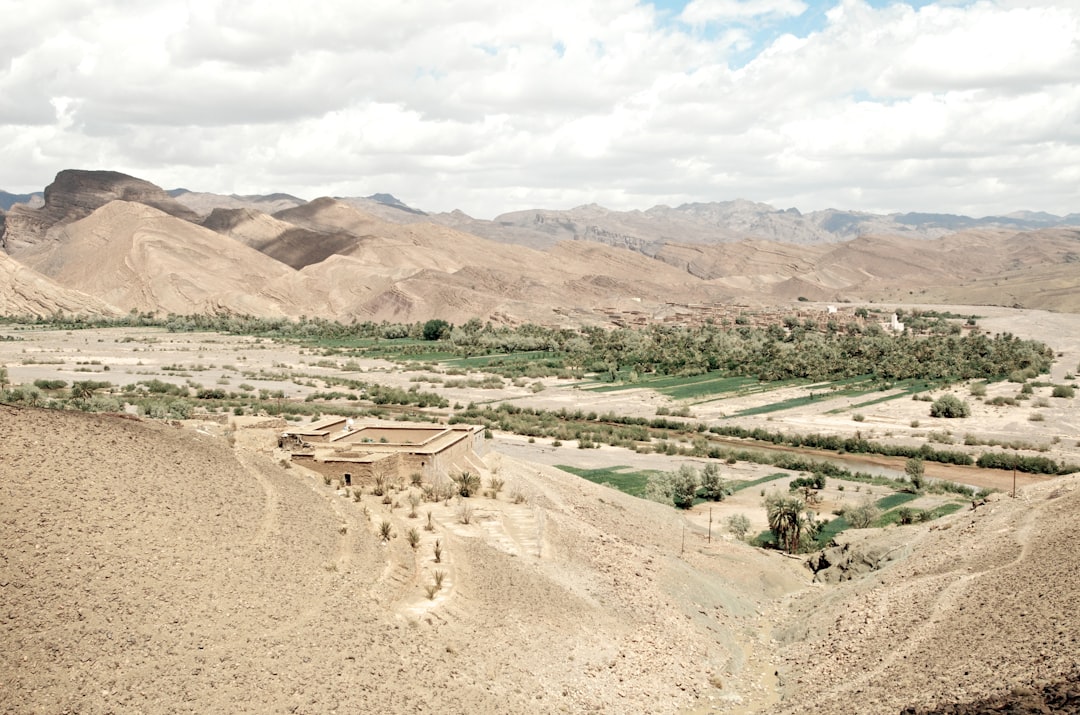What is it about?
Violence has been a pervasive leitmotiv in French theatre for several decades. Michel Vinaver’s 11 septembre 2001 and Olivier Py’s Théâtres both deal with collective violence such as the attacks on the Twin Towers and the Algerian War of Independence. Ordinary, non-spectacular violence is the topic of Christine Angot’s La Peur du lendemain and Yasmina Reza’s Le Dieu du carnage. All four playwrights seem to support the view that the victims are capable of becoming the aggressors, and vice versa. Their aesthetics vary, however, ranging from realistic to non-dramatic theatre as they endeavour to push the limits of dramatic representation, and, perhaps, generate a cathartic effect.
Featured Image
Why is it important?
The range of styles and types of violence is striking in contemporary French Theatre, and this article demonstrates playwrights' uneasiness with simplistic views of violence. It looks closely at the impact, often simplified as 'catharsis', on the audience. My interest in violence in French Theatre started with the realisation that even comedies could be extremely violent, verbally, symbolically and sometimes physically. I have closely analysed the works of Yasmina Reza and found an undercurrent of violence that is quite disturbing in her most famous plays, like "Art" and "God of Carnage". See my book "Les Fruits de la passion: le theatre de Yasmina Reza" (Peter Lang, 2013)
Perspectives
My interest in violence in French Theatre started with the realisation that even comedies could be extremely violent, verbally, symbolically and sometimes physically. I have closely analysed the works of Yasmina Reza and found an undercurrent of violence that is quite disturbing in her most famous plays, like "Art" and "God of Carnage". See my book "Les Fruits de la passion: le theatre de Yasmina Reza" (Peter Lang, 2013)
Professor Helene Jaccomard
University of Western Australia
Read the Original
This page is a summary of: Repenser la représentation de la violence dans le théâtre français contemporain, Modern & Contemporary France, October 2016, Taylor & Francis,
DOI: 10.1080/09639489.2016.1218449.
You can read the full text:
Contributors
The following have contributed to this page










